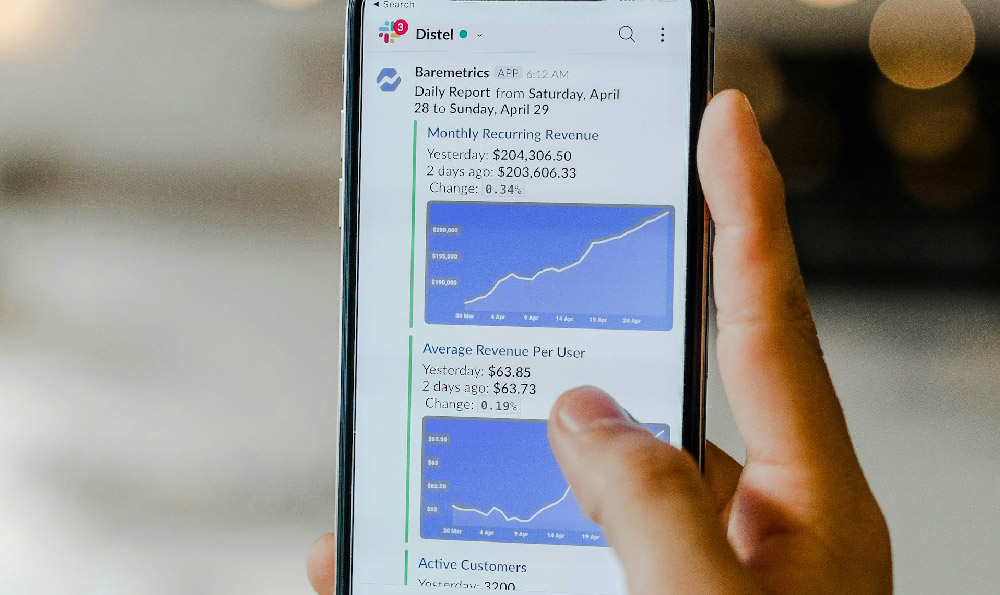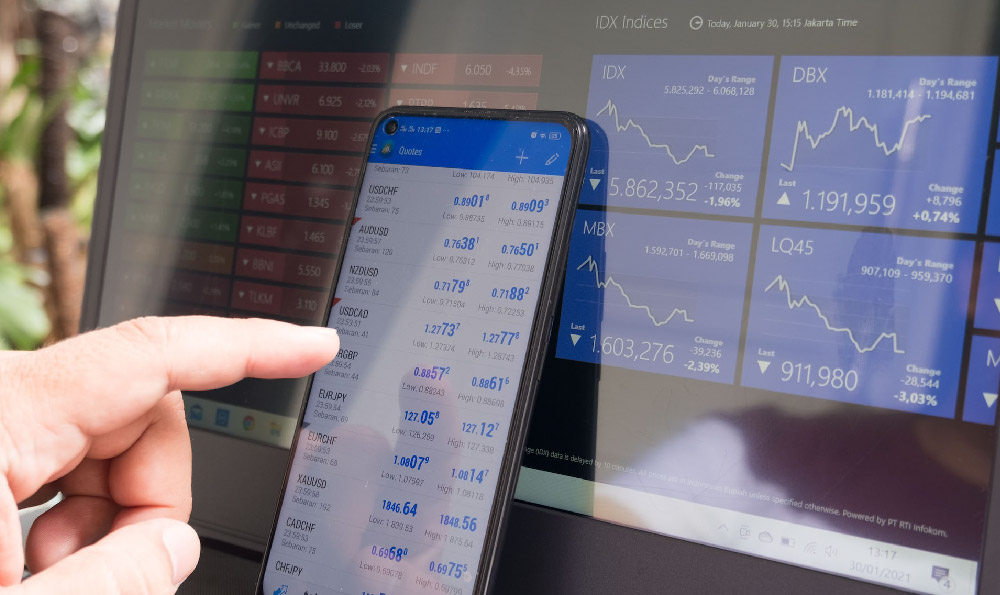Free Yet Profitable: Unpacking Zelle's Revenue Strategy for Modern Banking
Zelle, with its ubiquitous "Send money in minutes" promise, feels like magic. Consumers and small businesses increasingly rely on its instant, fee-free transfers. But in a world where nothing comes for free, the inevitable question surfaces: How does a service offering free P2P payments generate significant value? The answer lies not in direct charges to users, but in a sophisticated ecosystem designed to benefit its bank owners profoundly.
The Illusion of "Free" and the Underlying Engine
Let's clear the air: Zelle itself doesn't levy fees on standard person-to-person payments between enrolled users. This "free" aspect is crucial for user adoption and competition. However, Zelle isn't a standalone startup; it's a network operated by Early Warning Services (EWS), a private fintech company owned by the titans of American banking: JPMorgan Chase, Bank of America, Wells Fargo, Truist, PNC Bank, U.S. Bank, and Capital One. This ownership structure is fundamental. Banks fund Zelle's operations not out of charity, but because it serves powerful strategic and financial purposes on their behalf.

Where the Money Flows: Zelle's Core Revenue Streams
While users tap away freely, banks and EWS capture value through several interconnected channels:
-
The Foundation: Network Access Fees & Infrastructure: Banks pay EWS to participate in the Zelle network. These are essentially membership dues covering:
- Platform Development & Maintenance: Costs associated with building, securing, scaling, and upgrading the complex technological infrastructure that enables millions of transactions daily.
- Security & Risk Management: Continuous investment in sophisticated fraud detection, prevention tools, and compliance systems is non-negotiable. This includes AML (Anti-Money Laundering) and KYC (Know Your Customer) infrastructure.
- Brand Management & Marketing: While individual banks market their own Zelle integrations within their apps, EWS handles overarching branding, network rules, standardization, and large-scale marketing efforts that benefit the entire ecosystem.
-
Data: The Unseen Goldmine: Zelle’s real-time transaction volume generates invaluable data assets. While respecting privacy regulations, EWS and participating banks collect and analyze vast troves of anonymized and aggregated transaction patterns. This provides critical insights:
- Fraud Pattern Detection: Identifying emerging threats faster. A security enhancement identified at one bank quickly benefits others.
- Understanding Customer Behavior: Seeing which businesses are frequently paid via Zelle (like landlords or small service providers) reveals emerging fintech needs and preferred merchant categories.
- Network Utilization Analysis: Understanding peak times, typical transfer amounts, user growth trends. These insights inform strategic investment and product roadmap decisions for the banks and EWS. This data intelligence is a potent internal asset and potentially a future source of external monetization.
- Customer Retention and Acquisition: The Prime Directive: This is arguably Zelle's most significant contribution to bank profitability. For owner banks and participating institutions:
- Combating Fintech Disruption: Apps like Venmo, Cash App, and PayPal gained massive traction by making P2P easy. Zelle is the banks' answer – integrated directly inside their own mobile apps. Offering a seamless, free, instant P2P solution reduces the incentive for customers to use (or even download) a competing fintech app.
- Stickiness & Retention: By embedding a must-have service (instant P2P) directly into the core banking app, Zelle significantly enhances customer loyalty. Users are less likely to switch banks if their essential payment tools – checking account AND instant transfers – are deeply integrated in one place.
- Reduced Churn: The friction saved by using Zelle within the primary bank app makes customers less inclined to explore alternatives.
- The Gateway Effect: Zelle serves as a powerful customer acquisition tool. Banks promoting their instant payment capabilities (via Zelle) can attract new customers, particularly younger demographics who prioritize digital convenience. "Bank with us and enjoy instant free payments" is a strong value proposition.
- Displacing Costly Alternatives: Before Zelle, banks often bore the cost when customers used external, slower methods:
- Paper Checks: Costly to process, mail, and prone to fraud. A Zelle transfer incurs a fraction of the cost for the bank. Every Zelle transaction replacing a check means real savings.
- Traditional Wires: Domestic wires can cost banks between $15-$35 per transaction. Zelle effectively cannibalizes a significant portion of this revenue stream, but the strategic benefits outlined above outweigh this loss for most retail applications.
- Bill Pay Fees (Reduction): While not direct competition, the ease of Zelle can reduce reliance on more traditional, potentially bank-fee-associated methods used for informal payments (like paying a friend back for dinner).
- Long-Term Play: The Merchant Frontier: While consumer P2P is the mainstay, Zelle increasingly targets the small business and merchant payment space:
- Faster Settlements for SMBs: Businesses increasingly accept or solicit payments via Zelle to avoid card processing fees (2-3%) and receive funds instantly instead of waiting 1-2 days like many debit/credit transactions or ACH. This is critical cash flow.
- Potential Fee Models (Future/Premium): While the core network might remain free for simple transfers, EWS and banks could develop – or are developing – premium APIs or enhanced services facilitating larger or business-oriented transactions that could carry fees for merchants or larger senders. Think B2B payments, higher limits with verified recipients, integrated invoicing, or enhanced security for business use. This represents a significant future revenue stream.
The Bank's Perspective: Tangible ROI
For the giant banks that own EWS, Zelle is a multi-faceted investment:
- Lower Operational Costs: Handling an electronic Zelle transaction costs pennies compared to processing checks or even certain ACH transfers.
- Direct Revenue Share: As owners, profits generated by EWS (from member fees, future services) flow back to them via dividends.
- Enhanced Competitive Defense: Retaining customers is far cheaper than acquiring new ones. Zelle is a defensive moat against neobanks and fintech disruptors.
- Valuable Data Ownership: Controlling the network means controlling the anonymized data flows, providing a continuous stream of actionable market intelligence inaccessible to non-participating banks or fintechs. Owning the rails grants immense informational leverage.
- Platform for Innovation: Zelle provides the foundation upon which banks can build future real-time payment services for consumers and businesses.
The Flip Side: Criticisms and Personal Perspective
Zelle's model isn't without valid critique, particularly concerning consumer protection:
- The Fraud and Scam Dilemma: A significant point of friction is the lack of robust fraud guarantees compared to traditional card payments. Because Zelle pushes payments instantly and "authorized push payment" (APP) fraud – where a user is tricked into willingly sending money to a scammer – is rampant, recovery is notoriously difficult. Banks often deny reimbursement claims, arguing the user authorized the payment. My view: While "frictionless speed" is Zelle's core value proposition, the current consumer protection framework feels inadequately balanced. Unlike ACH payments, which often take longer but have established dispute rights, Zelle users bear a disproportionate burden when targeted by sophisticated social engineering scams. EWS and the banks must invest far more resources into proactive user education and develop more nuanced and compassionate resolution protocols for APP fraud victims. Regulatory pressure, particularly from the CFPB, seems likely.
- The Barrier to Entry: Zelle's deep integration within major bank apps creates a powerful network effect tied to your primary bank account. For customers of smaller banks, credit unions, or fintechs not yet on the network (or offering delayed transfers), access isn't seamless, potentially creating a two-tier system favoring the large incumbents who also own the network. This reinforces their market dominance.
The Bottom Line: A Banking Ecosystem Play
Zelle isn't free. It's simply funded differently. Banks invest millions in its creation and operation because the strategic returns – in retention, acquisition, data, cost savings, competitive defense, and future monetization opportunities – far outweigh the direct costs they incur. It's a long-term play to keep their customers within their ecosystem, reduce churn, and fend off fintech competitors. The "free" transfers for consumers are the bait for a much larger, symbiotic relationship between the user and their primary bank. Zelle's profitability is intricately woven into the fabric of modern retail banking strategy, proving that value can flow abundantly without charging the end-user a dime. Its ability to expand into business payments while navigating the complex fraud landscape will define its next act.
Self-Q&A: Understanding Zelle's Model
-
Q: If Zelle transfers are free for me, how do they make money? A: Zelle generates revenue primarily through fees paid by the participating banks who own the network. These banks pay for access, infrastructure, security, and maintenance. Major revenue streams include network access fees, the strategic value of customer retention & acquisition, significant operational cost savings for banks (by displacing checks/wires), monetizing transaction data (anonymously), and emerging business/merchant payment services with potential fees.
-
Q: Why would my bank promote a "free" service? Don't they lose money? A: Banks absolutely benefit. Offering Zelle keeps you using their app instead of switching to fintech competitors like Venmo. This enhances customer loyalty (stickiness) and reduces churn, which is crucial for banks. It also reduces their costs by replacing expensive paper checks. Owning the network gives them valuable transaction data insights. The long-term customer retention and strategic value far outweigh the operational costs.
-
Q: What are the downsides of Zelle being bank-owned? A: The biggest concerns are:
- Limited User Protections: Its design prioritizes speed over consumer recourse for fraud/scams ("authorized push payments"). Recovering funds sent due to deception is very difficult.
- Potential Inequity: Seamless integration favor customers of large owner/participant banks. Smaller institutions or fintechs might offer slower or less integrated access.
- Conflict of Interest: Banks owning the network they operate within raises potential concerns about dispute resolution fairness and prioritizing their own interests.
-
Q: How might Zelle make money differently in the future? A: Key future avenues include scaling business-focused solutions: charging merchants/SMBs fees for value-added services like instant settlement (avoiding card fees), integrated receivables, B2B payments, or premium APIs (higher limits, enhanced security, guaranteed settlement). Monetizing marketplace payment flows (e.g., payments within gig economy platforms) is another possibility. Enhanced data monetization targeting business insights could also emerge.












